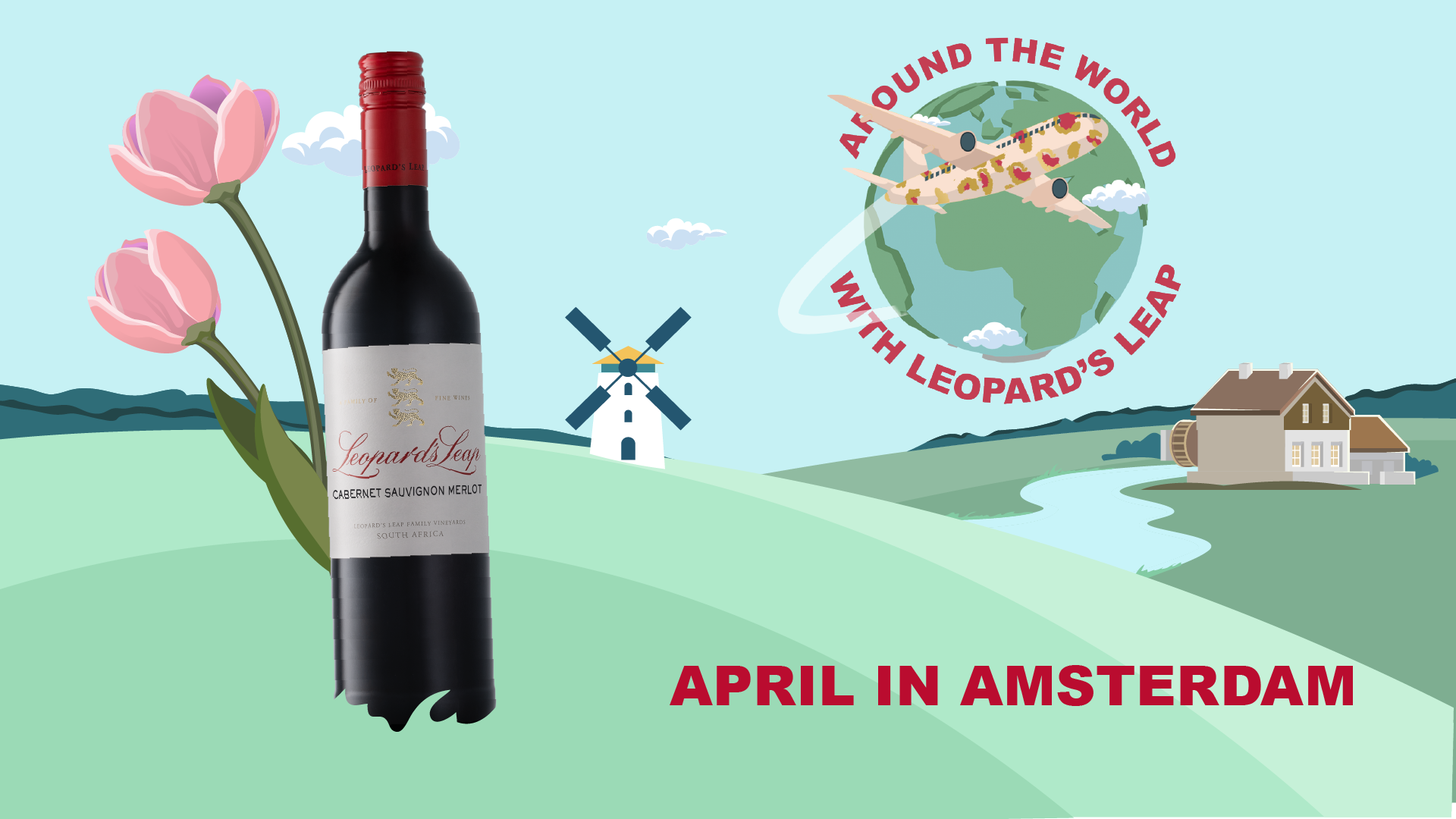
SAVE THE SPOTS!
“In a West African myth, the leopard leaves a trail of dried leaves for his friend the fire leading to his home, so that the fire may come to visit. When the leopard opens the door, the fire is raging before him and consuming a side of his shelter. To put out the flames, the leopard rolls in the fire and grass, giving him his spots “where fire’s fingers had touched.””
What a wonderful story but how sad that it is those same magnificent spots that make the leopard such a coveted target for hunters. Cecil the Lion, in his death, has become a symbol of the plight of African wild cats. Read Ashley Sullivan’s article about how wildlife experts Jane Goodall and Dereck Joubert, along with The Humane Society of the United States and Humane Society International, are fighting for the plight of the leopard.
“The collective of organizations and individuals including the Centre for Biological Diversity, International Fund for Animal Welfare and The Fund for Animals, have filed a legal petition yesterday with U.S. Fish and Wildlife Services to extend full protection of the Endangered Species Act to this extraordinary animal, the African Leopard (Panthera pardus pardus). As the use of their look and their lives for fashion and sport continues, the numbers of leopards in sub-Saharan Africa have declined by more than 30 percent in the last 25 years. In addition, “Leopards The reasons for this excruciating loss are varied and many – including habitat fragmentation, loss of prey species, retaliatory killings, poaching for fur, and big game hunting.”
Luckily they are not the only people fighting on behalf of the leopard. Other than the focus on international and trophy hunters, leopard researcher, Tristan Dickerson is focusing on the contribution an indigenous tribe is making towards the extinction of the African leopard.
The premier of a documentary film, To Skin a Cat, takes place on 26 August. The film focusses on the Tristan’s mission, to halt the alarming decline in Southern Africa’s leopard populations due to a widespread skin trade. Watch the preview.
“Traditionally, only the Zulu royals have been allowed to wear leopard skins. However, in the last three decades the Shembe Church, a four million strong religious group, has adopted the skins into their ceremonial costume. The demand for leopard skins is now astronomical. Because the use of skins is so widespread and culturally entrenched, law enforcement seems helpless to police this trade in a protected species. It has become, in one researcher’s words, ‘a major conservation blindspot’.”
The documentary shares Dickerson’s travels from the heart of leopard country to the heart of Shembe and Zulu culture in an effort to discover a solution – fake fur!
Leopard’s Leap has been a proud sponsor of the Cape Leopard Trust since its inception twelve years ago and applauds the persistent efforts of everyone involved in the conservation of our wildlife and their natural habitat.
“In a West African myth, the leopard leaves a trail of dried leaves for his friend the fire leading to his home, so that the fire may come to visit. When the leopard opens the door, the fire is raging before him and consuming a side of his shelter. To put out the flames, the leopard rolls in the fire and grass, giving him his spots “where fire’s fingers had touched.””
What a wonderful story but how sad that it is those same magnificent spots that make the leopard such a coveted target for hunters. Cecil the Lion, in his death, has become a symbol of the plight of African wild cats. Read Ashley Sullivan’s article about how wildlife experts Jane Goodall and Dereck Joubert, along with The Humane Society of the United States and Humane Society International, are fighting for the plight of the leopard.
“The collective of organizations and individuals including the Centre for Biological Diversity, International Fund for Animal Welfare and The Fund for Animals, have filed a legal petition yesterday with U.S. Fish and Wildlife Services to extend full protection of the Endangered Species Act to this extraordinary animal, the African Leopard (Panthera pardus pardus). As the use of their look and their lives for fashion and sport continues, the numbers of leopards in sub-Saharan Africa have declined by more than 30 percent in the last 25 years. In addition, “Leopards The reasons for this excruciating loss are varied and many – including habitat fragmentation, loss of prey species, retaliatory killings, poaching for fur, and big game hunting.”
Luckily they are not the only people fighting on behalf of the leopard. Other than the focus on international and trophy hunters, leopard researcher, Tristan Dickerson is focusing on the contribution an indigenous tribe is making towards the extinction of the African leopard.
The premier of a documentary film, To Skin a Cat, takes place on 26 August. The film focusses on the Tristan’s mission, to halt the alarming decline in Southern Africa’s leopard populations due to a widespread skin trade. Watch the preview.
“Traditionally, only the Zulu royals have been allowed to wear leopard skins. However, in the last three decades the Shembe Church, a four million strong religious group, has adopted the skins into their ceremonial costume. The demand for leopard skins is now astronomical. Because the use of skins is so widespread and culturally entrenched, law enforcement seems helpless to police this trade in a protected species. It has become, in one researcher’s words, ‘a major conservation blindspot’.”
The documentary shares Dickerson’s travels from the heart of leopard country to the heart of Shembe and Zulu culture in an effort to discover a solution – fake fur!
Leopard’s Leap has been a proud sponsor of the Cape Leopard Trust since its inception twelve years ago and applauds the persistent efforts of everyone involved in the conservation of our wildlife and their natural habitat.








